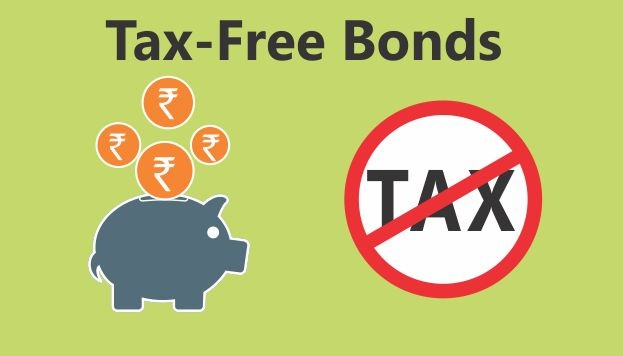When it comes to fixed-income investments, there is a wide range of options available, each with its own set of advantages and disadvantages. In this post, we’ll take a look at investing in PSU bonds compared to other fixed income options to help you make an informed investment decision.
What are PSU Bonds?
PSU bonds are debt instruments issued by public sector undertakings (PSUs) in India. These bonds offer a fixed interest rate and have a fixed tenure, providing investors with a reliable source of income over the investment period. PSU bonds are considered a low-risk investment option as they are issued by government-owned companies, and hence, are less likely to default.
Investing in PSU Bonds vs. Other Fixed-Income Options
Bank Fixed Deposits (FDs)
Bank FDs are a popular choice for conservative investors looking for a guaranteed source of income. FDs typically offer lower interest rates than PSU bonds but are considered a low-risk investment option as they are insured by the Deposit Insurance and Credit Guarantee
Corporation (DICGC).
However, the interest earned on FDs is subject to tax, which can significantly reduce the effective return on investment. In contrast, the interest earned on tax-free PSU bonds is exempt from tax, making them a more tax-efficient investment option.
Corporate Fixed Deposits (FDs)
Corporate FDs are debt instruments issued by private companies to raise funds. These FDs offer higher interest rates than bank FDs but are considered a higher risk investment option as they are not insured by the DICGC.
Corporate FDs also have a lower credit rating than PSU bonds, indicating a higher risk of default. Therefore, investing in PSU bonds is a safer option compared to corporate FDs.
Public Provident Fund (PPF)
The Public Provident Fund (PPF) is a popular long-term investment option for conservative investors. PPF offers a fixed interest rate and is considered a low-risk investment option as it is backed by the government. However, PPF has a long lock-in period of 15 years, and premature withdrawals are subject to a penalty. In contrast, PSU bonds offer a fixed tenure, providing investors with a steady source of income over the investment period, and can be redeemed before maturity in case of a financial emergency.
Equity-Linked Saving Scheme (ELSS)
ELSS is a tax-saving mutual fund that invests in equity and equity-related instruments. ELSS offers the potential for higher returns compared to PSU bonds but is considered a higher risk investment option as it is subject to market volatility. Investing in PSU bonds is a more stable and low-risk option compared to ELSS, making it a good choice for conservative investors looking for a reliable source of income.
Interest Rate Risk
Interest rate risk is the risk of a decline in the value of the bond due to a rise in interest rates. PSU bonds have a fixed interest rate, which is determined at the time of issuance. In an environment of rising interest rates, PSU bonds may become less attractive to investors as other investment options may offer higher returns. As a result, the demand for PSU bonds may decline, leading to a decline in their prices.
Inflation Risk
TInflation risk is the risk that the returns from the bond may not keep up with inflation. Inflation erodes the purchasing power of the interest income earned on bonds. As a result, in an environment of high inflation, PSU bonds may become less attractive to investors as the real rate of return on bonds may be lower. To offset the impact of inflation, PSU bonds may offer higher interest rates, which may make them more attractive to investors.
Conclusion
Investing in PSU bonds is a low-risk investment option that provides investors with a steady source of income over the investment period. While other fixed-income options like bank FDs, corporate FDs, PPF, and ELSS offer their own set of advantages, investing in PSU bonds is a safer and more tax-efficient option for conservative investors looking for reliable returns. As with any investment, it’s important to consider your investment goals and risk tolerance before investing in any fixed-income option.
